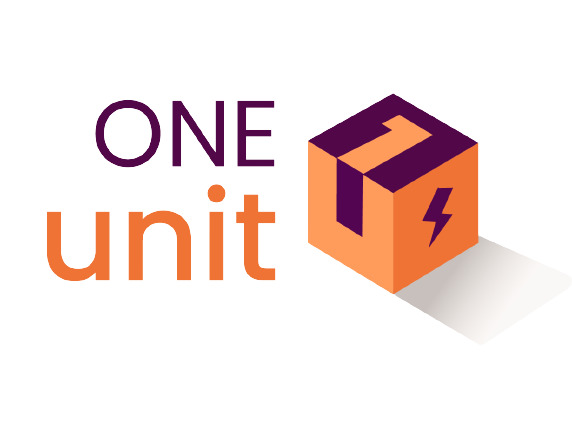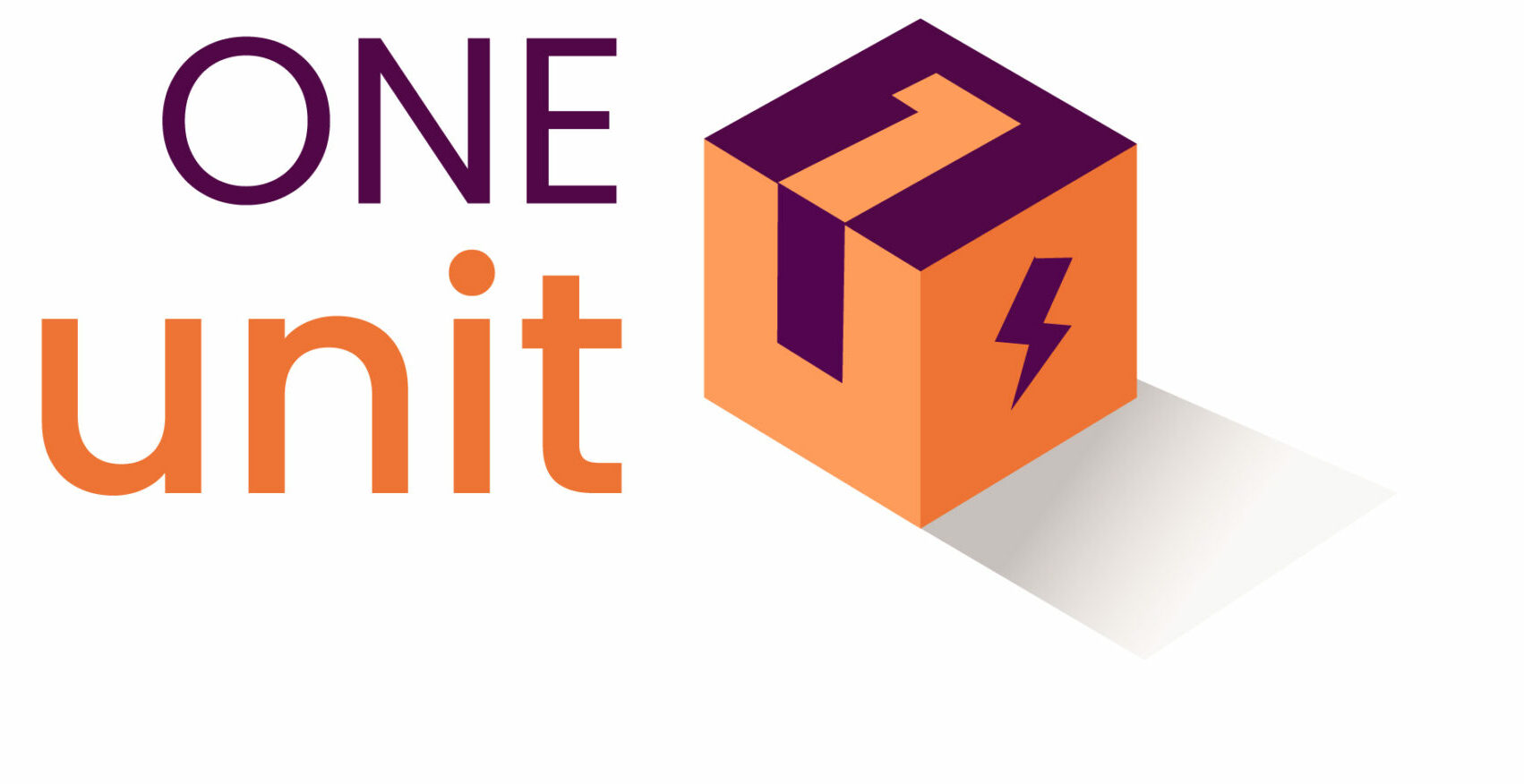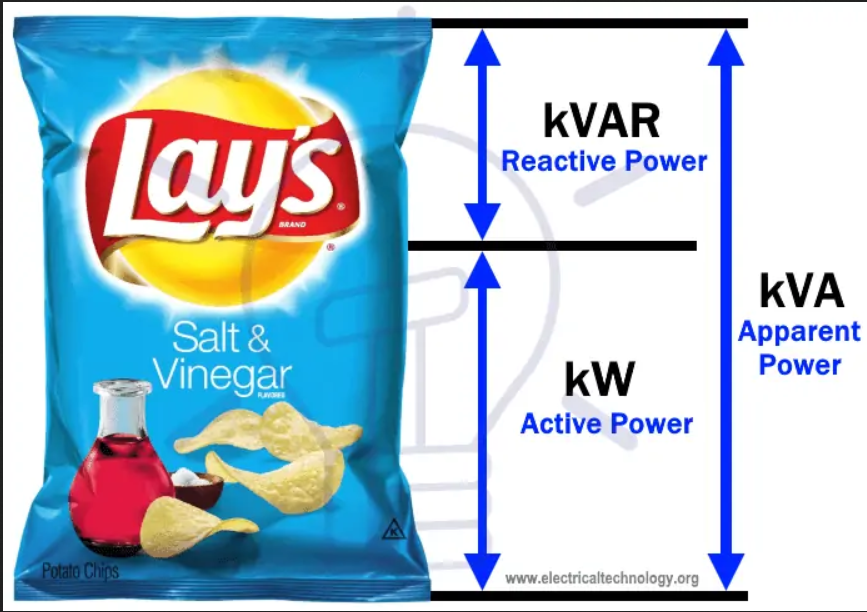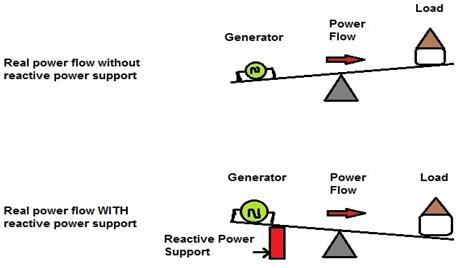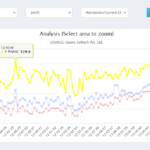What is Reactive Energy in electricity?
Reactive energy, also known as reactive power, is a type of electrical energy that is used by reactive components in an electrical circuit, such as capacitors and inductors. Unlike active energy, which is the energy that is actually consumed by the electrical load, reactive energy is not consumed but is rather stored and released by these reactive components as the electrical current flows through them.
Types of Reactive Energy?
There are two types of reactive energy:
- capacitive reactive power.
- inductive reactive power.
Capacitive reactive power is the reactive energy that is consumed by capacitors in an electrical circuit. Capacitors store electrical energy in an electric field, and this energy is released back into the circuit as the electric current flows through the capacitor. Capacitors are commonly used in electrical circuits for a variety of purposes, including power factor correction, filtering, and timing.
Inductive reactive power is the reactive energy that is consumed by inductors in an electrical circuit. Inductors store electrical energy in a magnetic field, and this energy is released back into the circuit as the electric current flows through the inductor. Inductors are commonly used in electrical circuits for a variety of purposes, including filtering, timing, and energy storage.
Both capacitive and inductive reactive power can cause issues with the stability and efficiency of electrical power systems if not properly managed. When reactive energy is present, it can cause voltage drops and fluctuations, which can lead to issues such as brownouts or even blackouts. In addition, reactive energy can cause power quality problems, such as harmonics and flicker, which can affect the performance of sensitive electrical equipment
Why does Reactive Energy increases?
One of the main reasons why reactive energy increases is due to the presence of reactive components in an electrical circuit, such as capacitors and inductors. These components store electrical energy and release it back into the circuit as the electrical current flows through them. This causes the voltage and current waveforms to become out of phase, resulting in the storage and release of reactive energy.
Another factor that can cause an increase in reactive energy is changes in the electrical load. When the load on the electrical system changes, the reactive power required to maintain the voltage in the circuit may also change. For example, if a large motor is turned on, the reactive power required to start and run the motor may cause an increase in reactive energy in the circuit.
Changes in the voltage supplied to the circuit can also cause an increase in reactive energy. When the voltage supplied to the circuit changes, the reactive power required to maintain the voltage may also change. For example, if the voltage supplied to the circuit decreases, the reactive power required to maintain the voltage may increase, causing an increase in reactive energy in the circuit.
To manage the effects of reactive energy and prevent an increase in reactive power, power companies and electrical engineers use a variety of techniques, such as reactive power compensation and power factor correction. These techniques involve adding reactive components to the circuit or adjusting the voltage and current waveforms to ensure that they are in phase, which helps to eliminate the reactive energy from the circuit. By properly managing reactive energy, electrical engineers can help to ensure that our electrical systems are reliable, efficient, and safe.
How to reduce Reactive Energy?
High reactive energy, also known as high reactive power, can cause power quality issues in electrical systems and lead to increased energy consumption and costs. To address high reactive energy, there are several solutions that can be implemented, including:
- Reactive power compensation: This involves adding reactive components, such as capacitors or inductors, to the electrical system to counteract the effects of reactive energy. This helps to improve the power factor, reduce energy consumption, and improve system stability.
- Power factor correction: This involves adjusting the voltage and current waveforms to ensure that they are in phase, which helps to eliminate the reactive energy from the circuit. This can be achieved through the use of power factor correction capacitors or by adjusting the voltage level.
- Load management: This involves managing the electrical load in the system to reduce the amount of reactive energy required. This can be achieved by using more energy-efficient equipment, reducing the use of electrical equipment during peak demand periods, or implementing load shedding techniques.
- Energy storage: This involves storing excess electrical energy generated during periods of low demand and releasing it during periods of high demand. This can help to reduce the amount of reactive energy required and improve system efficiency.
By implementing these solutions, electrical systems can reduce the amount of reactive energy required, improve power quality, and reduce energy consumption and costs. Electrical engineers can analyze the electrical system and recommend the most appropriate solution based on the specific needs of the system.

